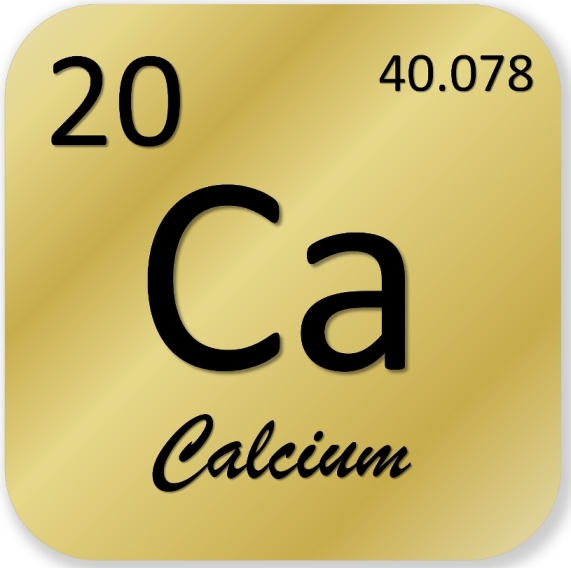
Calcium is much more important to plant growth than most people think. Plants actually need more calcium than phosphorus and a calcium deficiency can create a cascade of problems that are often difficult to diagnose. I learned firsthand about the effects of calcium deficiency back in 1995 while I was producing an educational video on hydroponic nutrient solutions. To learn more about the nutritional needs of plants, I purposely tried to create specific nutrient deficiencies. Calcium deficiency was one of them. The control plants were fed a complete hydroponic nutrient solution with plenty of calcium, but the experimental group was fed a nutrient with zero calcium. I performed the same experiment with zero nitrogen, zero phosphorus, zero potassium, zero magnesium and zero sulfates. Out of all the plants, the calcium-deficient plants were the first to suffer and they displayed the worst symptoms of any of the plants, often showing signs of multiple nutrient deficiencies.
Calcium strengthens cell walls. So as cells weaken, the vascular system of the plant starts to collapse, reducing the uptake of all of the major elements. The symptoms show up first at the growing tips of both the shoots and the roots. Calcium is an immobile element, meaning that when there is a deficiency, the plant can’t translocate calcium from the older leaves to the younger leaves. New growth at the leaf tips and margins begins to wither and die back and the new leaves are often deformed.
But the most serious effect of calcium deficiency lies in the roots. Calcium is involved in root extension and it is necessary for the secretion of protective mucilage around the root caps. Lack of calcium also increases the plant’s susceptibility to root diseases such as Pythium. Without enough calcium, roots often become stunted and discolored and they begin to leak the solutes that plants need to grow. This results in a thin, spindly root system that often becomes a slimy brown or black, especially at the root tips. If plants lack actively growing roots, any of the other nutrient deficiencies can appear, often at random.
The first step to prevent calcium deficiency is to use a water-soluble calcium source, such as calcium nitrate. Some of the other calcium sources used in organic gardening are poorly soluble and are only slowly released over time. Calcium quickly locks up with phosphates and sulfates, forming insoluble precipitants. So make sure that water-soluble calcium is properly diluted, especially in hydroponics.
The next step is to watch the pH. In acidic conditions with pH below 5.5, metal ions such as aluminum and manganese can often build up to toxic levels. The excess aluminum and manganese compete with calcium exchange sites at the roots, potentially inducing a calcium deficiency. Excess sodium can also compete with calcium. If an irrigation water analysis shows excessive sodium, extra calcium may be required, or a reverse osmosis (RO) filter may become necessary.
Finally, in an indoor garden, make sure that your humidity is under control and that there is good air movement. Try to keep the humidity between 40-60%, and use oscillating fans. All of the leaves in the garden should be moving gently, blowing away excess moisture from the leaves and keeping the transpiration stream active. As calcium is taken up in the transpiration stream, strong new cells are built and the roots remain actively growing.
Related Articles & Free Email Newsletter
Dealing with Fertilizer Powders
Hydroponics as a Supplemental Growing Method




Comment here